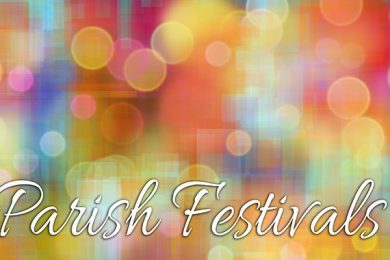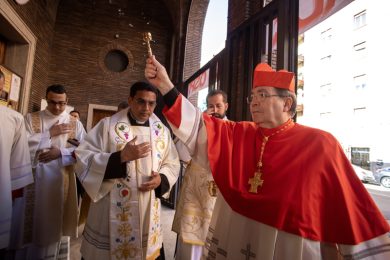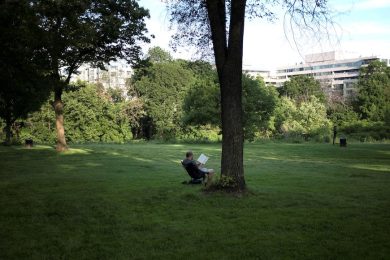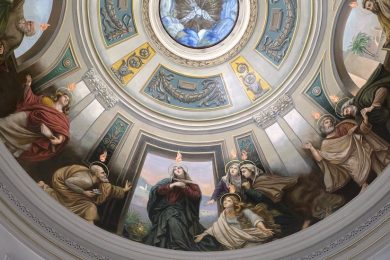“Prairie Fires: The American Dreams of Laura Ingalls Wilder” by Caroline Fraser; Metropolitan Books; November 2017; 640 pp; $35.
By Ann Jonas
For The Visitor
Many of us grew up reading the “Little House” books by Laura Ingalls Wilder and watching the television series based on those beloved children’s books. Caroline Fraser, whose maternal grandmother grew up on a Minnesota farm, spent years researching the life of Laura Ingalls Wilder and her family. Editor of the Library of America edition of the “Little House” books, Fraser won the 2018 Pulitzer Prize for Biography for “Prairie Fires,” her comprehensive historical biography of Laura Ingalls Wilder.
“Prairie Fires” begins with an overview of the area in the Midwest where Wilder’s grandparents settled. Fraser recounts the Homestead Act of 1862 and the Dakota War that followed in August of that year. From there, she briefly tells of the family history of both Charles Ingalls and Caroline Lake Quiner, Laura’s parents, going back to their ancestors who arrived on the continent as far back as 1628.
 Fraser does not spare many details when writing this biography, but those details are important and insightful. Along with Laura’s family history and her marriage to Almanzo Wilder, Fraser gives readers great information on the history of our country during that time, including the Dakota War, the Dust Bowl, the publication of Wilder’s books, along with the continuing legacy of her books.
Fraser does not spare many details when writing this biography, but those details are important and insightful. Along with Laura’s family history and her marriage to Almanzo Wilder, Fraser gives readers great information on the history of our country during that time, including the Dakota War, the Dust Bowl, the publication of Wilder’s books, along with the continuing legacy of her books.
The “Little House” books tell of the pioneer life the Ingalls family lived: riding in a covered wagon, living in a sod house, surviving a blizzard and making do with very little. What is very apparent in “Prairie Fires” is that Charles and Caroline, and to some extent, Laura and Almanzo, lived their entire life in hardship.
By drawing on extensive research, Fraser gives greater detail, and in some cases, clarifies what happened in Laura’s real life. The result is an in-depth examination containing over 500 pages, plus 84 pages of footnotes, along with 23 black-and-white photographs. The length of the book and the copious footnotes should not intimidate readers, though. “Prairie Fires” reads like an engrossing novel, not dry non-fiction.
Laura and Almanzo’s only surviving child, Rose, plays a big part in this biography. It is commonly known that Rose and Laura had a stormy relationship; Fraser chronicles Rose Wilder Lane’s life and her many questionable and controversial actions. At one time, it was rumored that Rose, a celebrity biographer, was the actual author of the “Little House” books; Fraser fully addresses this speculation.
Fraser makes it clear in “Prairie Fires” that the “Little House” books are and should be considered fiction and not the true story of Laura Ingalls Wilder’s childhood. And yet, Fraser indicates that the books are indeed important: “They are not, as Wilder and her daughter had claimed, true in every particular. Yet the truth about our history is in them. The truth about settlement, about homesteading, about farming is there, if we look for it.”
In her epilogue, Fraser states that “Laura Ingalls Wilder was a real person. … Her voice speaks to us of those people [her family] and their feeling for the land. It speaks not about policy or politics but about her parents, her sisters, her husband, and her love for them. It speaks of her delight in nature, those glorious moments on untouched open prairies, watching the geese fly overhead.”
Clearly, Fraser has a great fondness for Wilder, though her writing is objective and not sugar-coated. Her book’s brilliant historical context makes it more than just a biography; it is an absorbing, masterful read.
“Prairie Fires” is available in bookstores everywhere, including the College of St. Benedict/St. John’s University Bookstores.
Ann Jonas is the general book buyer for the College of St. Benedict and St. John’s University.






















